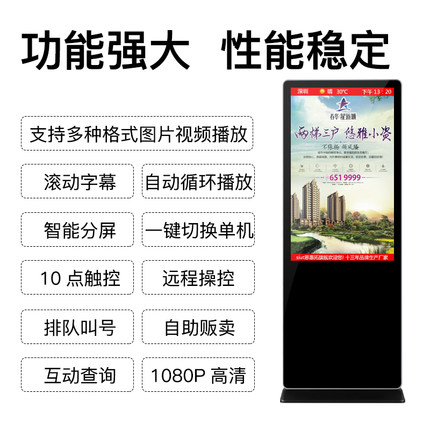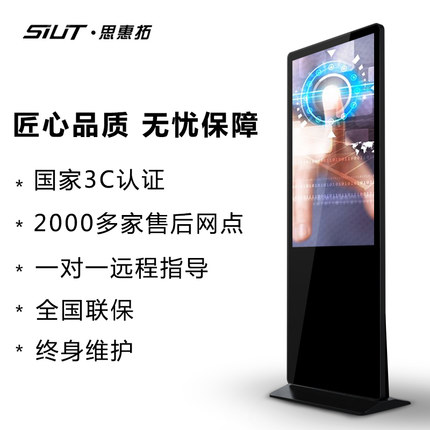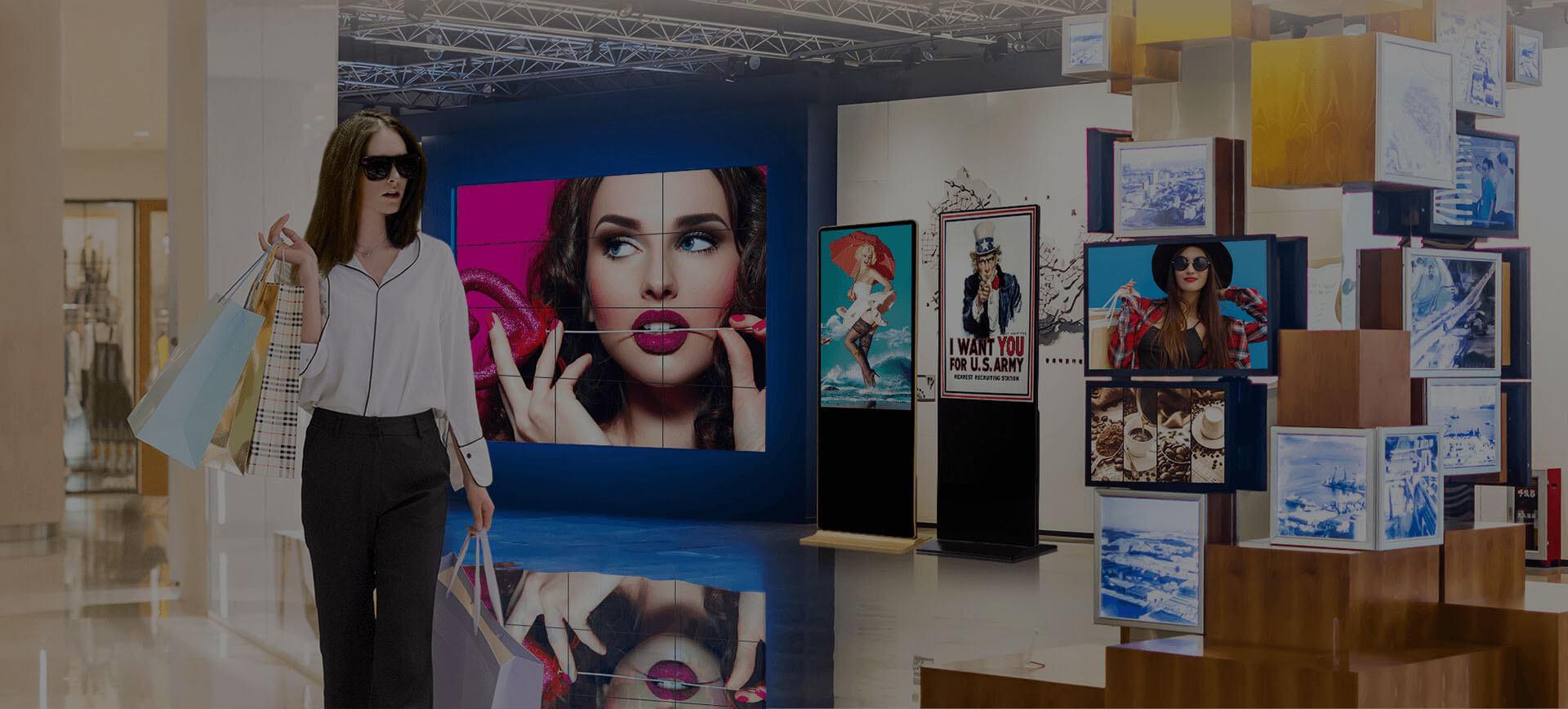The following are the four major digital signage application areas where restaurants provide customers with applications:
outdoor
Some car restaurants will use digital signage to order. But even if the restaurant does not have a drive-thru lane, outdoor LCD and LED displays may be used for brand promotion, display menus, and attract passing pedestrians.
While customers are waiting, the digital display screen can display information about promotional activities or catering services. Meals are very important for many brands, especially working lunches and group bookings. It is also very important to make good use of customer waiting time. Some brands also use self-service kiosks to order meals, allowing customers to make their own payment without waiting for the cashier.
Many restaurants with counter service have gradually begun to transition to the use of digital menu boards, and some also display the order status through the display screen, so as to pick up meals and make reservations in advance.
restaurants can broadcast branded videos or entertainment programs, or display high-margin products such as special drinks and desserts during customers’ meals, for visual upsells.
All of the above cases can effectively increase customer stay time (while reducing customer waiting time) and increase restaurant revenue.
Extend stay time
If a customer enters a fast food restaurant, they generally expect to get the food they ordered quickly and finish eating quickly, and then leave the restaurant. The leisure industry is not so rushed and encourages customers to relax and stay longer. At this time, the digital signage can make the best use of it.
can also use digital signage to run promotional activities and interact with customers. The higher the customer engagement, the longer the stay. For example, a counter service restaurant can display seasonal special drink promotions.
Although customers stay longer, digital signage can effectively help customers relax and reduce time urgency.
can even make full use of different types of entertainment technology equipment such as LCD, video walls, and even projectors. Some brands use projectors to present interactive entertainment programs directly to the desktop or wall, while others may run games, entertainment information or activities on digital displays and TV walls.
The relaxed and fun atmosphere allows the children to be no longer bored when a family is dining out, and adults can also usher in quiet dining time.
can also use the digital signage in the dining area to run the game, interact with customers, and the winner can get free food or coupons. The higher the level of customer participation in the game, the longer the stay.
can also share dining experience with customers on social media to promote the brand and increase the level of interaction. Moreover, these social interaction information can also be presented through video walls or displays (it needs to be explained here that a review mechanism is also needed to ensure that the content uploaded by customers is appropriate).
Customers who are queuing to order can use the display to view promotions, entertainment, news and other information. Increased interaction through digital displays helps optimize the dining experience.
By encouraging longer stay time and shorter expected waiting time, it can increase per capita consumption and ensure that customers come back again.
Post time: Sep-22-2020






